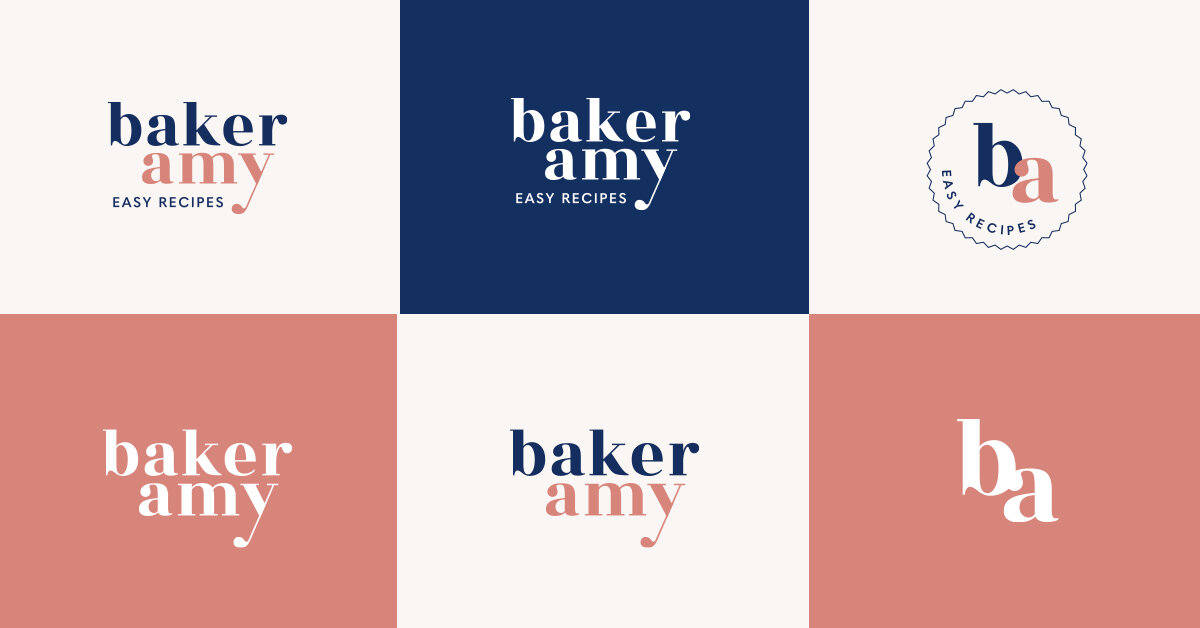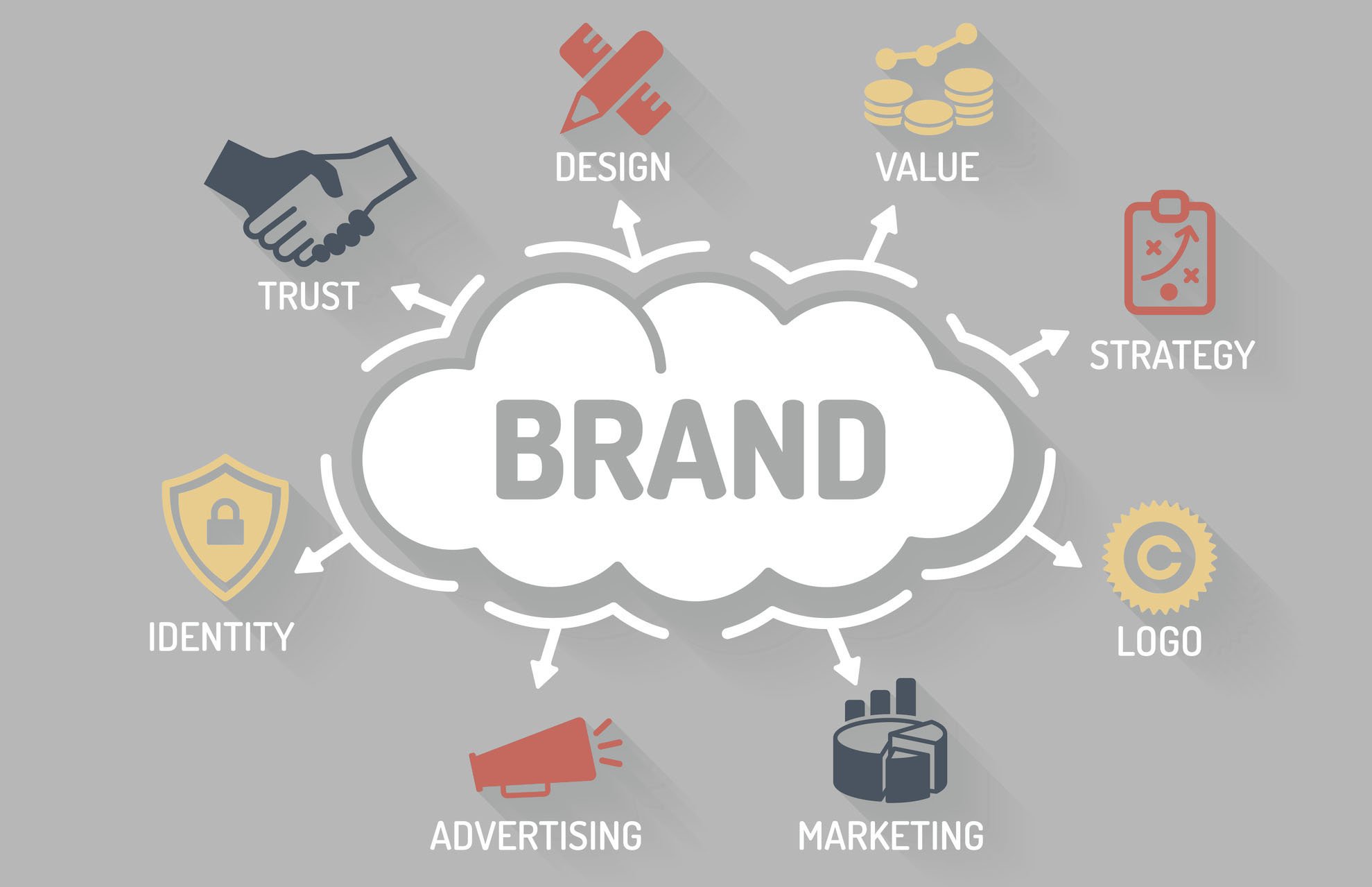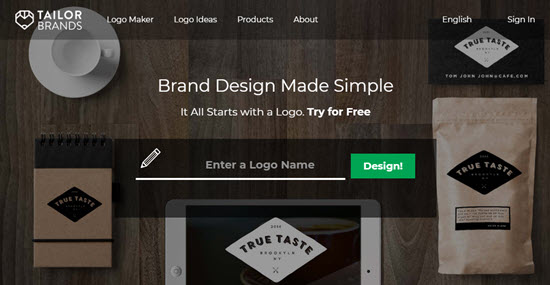 Logo misuse examples
Logo misuse examples
- Using a well-known brand’s logo for a counterfeit product: Creating fake merchandise or products and using a popular brand’s logo without authorization to mislead customers into thinking they are purchasing genuine products.
- Altering a logo’s design or colors: Modifying a logo’s design or colors without proper authorization, which can result in misrepresentation or confusion among consumers and dilution of the original brand’s identity.
- Using a logo inappropriately or in a controversial context: Using a logo in a manner that is offensive, discriminatory, or inappropriate, such as incorporating a logo into offensive or derogatory content, which can damage the reputation of the brand associated with the logo.
- Using a logo in a way that implies endorsement: Using a logo in a manner that suggests or implies endorsement, sponsorship, or affiliation with a brand without proper authorization, which can mislead consumers into thinking that the brand endorses or supports a particular product or service.
- Using a logo without proper attribution: Using a logo without proper attribution or acknowledgment of the original brand owner, which can result in copyright or trademark infringement and damage the reputation of the brand associated with the logo.
It’s important to note that logo misuse is illegal and can result in legal action, including fines, penalties, and damages. It’s always best to obtain proper authorization from the respective brand owner before using any logos or trademarks in any way.
How many logos should a brand have
 The number of logos a brand should have depends on several factors, including the brand’s goals, target audience, and marketing strategy. However, it is generally recommended for a brand to have a primary logo that serves as the main visual representation of the brand’s identity. This primary logo should be versatile and adaptable to different platforms, such as print, digital, and social media.
The number of logos a brand should have depends on several factors, including the brand’s goals, target audience, and marketing strategy. However, it is generally recommended for a brand to have a primary logo that serves as the main visual representation of the brand’s identity. This primary logo should be versatile and adaptable to different platforms, such as print, digital, and social media.
In addition to the primary logo, a brand may also have secondary logos or variations of the primary logo that are used in specific contexts or for specific purposes. These secondary logos may include variations with different color schemes, typography, or design elements, while still maintaining consistency with the overall brand identity.
Having multiple logos can be beneficial in certain situations, such as when a brand wants to target different markets or convey different messages. However, it is important to maintain consistency across all logos and ensure that they align with the brand’s overall image and values.
Ultimately, the number of logos a brand should have should be determined by careful consideration of the brand’s specific needs and objectives, and should be part of a well-thought-out brand strategy. It is recommended to work with professional designers and branding experts to develop an effective logo strategy that aligns with the brand’s goals and resonates with its target audience.
Why do brands use logos
- Identification: A logo serves as a visual representation of a brand’s identity. It helps consumers easily recognize and identify a brand among its competitors. Logos are designed to be distinctive and memorable, often incorporating unique shapes, colors, and typography to create a visual mark that represents the brand’s personality, values, and offerings.
- Differentiation: Logos help brands stand out in a crowded marketplace. A well-designed logo can differentiate a brand from its competitors and create a lasting impression in consumers’ minds. By having a unique and recognizable logo, a brand can establish its own identity and personality, setting it apart from others in the market.
- Brand recognition and recall: Logos are used to create brand recognition and recall. When consumers see a brand’s logo repeatedly, it helps to reinforce the brand’s image and message in their minds. Over time, this can lead to increased brand awareness and recall, making it more likely that consumers will remember and choose that brand when making purchasing decisions.
- Communication: Logos can communicate important information about a brand, such as its name, core values, and the industry it belongs to. Logos can also convey the brand’s positioning, essence, or unique selling proposition (USP), helping to communicate the brand’s message effectively to the target audience.
- Professionalism and credibility: A well-designed logo can give a brand a sense of professionalism and credibility. It can make a brand appear more established, reliable, and trustworthy in the eyes of consumers. A logo can convey a sense of quality, expertise, and professionalism, which can help build consumer confidence and loyalty.
- Consistency: Logos are used as a consistent visual element across various marketing materials, such as websites, packaging, advertisements, social media, and more. This consistent use of a logo helps to create a unified and cohesive brand image, which reinforces the brand’s identity and message.
In summary, logos are used by brands for identification, differentiation, brand recognition and recall, communication, professionalism, credibility, and consistency. A well-designed logo can be a powerful tool in building a brand’s visual identity and establishing a connection with consumers.
Importance of brand logo
 The brand logo is a crucial element of a company’s visual identity and plays a significant role in building brand recognition, establishing brand image, and conveying brand values. Here are some key reasons why a brand logo is important:
The brand logo is a crucial element of a company’s visual identity and plays a significant role in building brand recognition, establishing brand image, and conveying brand values. Here are some key reasons why a brand logo is important:- Brand Recognition: A logo is a visual representation of a brand and serves as a recognizable symbol that distinguishes a company from its competitors. A well-designed logo creates a memorable impression in the minds of consumers and helps them identify and recognize the brand quickly, even in a crowded market. It serves as a visual cue that triggers brand recall and fosters brand loyalty.
- Brand Image and Personality: A logo can communicate the brand’s image, personality, and positioning. It conveys the brand’s values, mission, and vision, and helps shape the overall perception of the brand in the minds of consumers. For example, a playful and colorful logo may represent a brand that is youthful and fun, while a minimalist and sophisticated logo may convey a brand that is modern and elegant. A well-designed logo can evoke the desired emotional response and association with the brand.
- Professionalism and Credibility: A professionally designed logo can enhance the perceived credibility and professionalism of a brand. A poorly designed or generic logo may give the impression of a lack of attention to detail or lack of professionalism, which can negatively impact the brand’s reputation. A well-designed logo, on the other hand, can convey that the brand is established, reliable, and trustworthy.
- Differentiation and Competitive Advantage: In a competitive marketplace, a distinct and memorable logo can help a brand stand out from the competition. It can create a unique visual identity that sets the brand apart and gives it a competitive edge. A well-designed logo can convey the brand’s unique selling proposition (USP) and help consumers remember the brand among various options.
- Versatility and Consistency: A logo is used across various brand touchpoints, such as packaging, website, social media, advertising, and more. A well-designed logo is versatile and can be easily applied across different mediums, maintaining its visual integrity and consistency. Consistency in logo usage helps in building brand recognition and establishes a cohesive brand image.
In conclusion, a well-designed brand logo is essential for building brand recognition, conveying brand image and personality, establishing credibility, gaining competitive advantage, and maintaining consistency across various brand touchpoints. It is a crucial element of a brand’s visual identity and plays a significant role in shaping consumers’ perception of the brand.
Why do brands change their logo
Brands change their logos for various reasons, which may include:
- Brand Evolution: A brand may want to update its logo to reflect a change in its overall brand identity or positioning. This could be due to changes in the market, competition, or consumer preferences. A brand may want to modernize its image, reposition itself, or target a new audience, and a logo change can help convey those changes.
- Rebranding: A brand may undergo a complete rebranding process, which includes changing its logo, to signal a significant change in its business strategy, values, or direction. This could be driven by factors such as mergers, acquisitions, or a need to differentiate from competitors. A logo change can be a critical component of a comprehensive rebranding effort.
- Simplification: Brands may opt to simplify their logos to make them more versatile, adaptable, or memorable. Complex logos with intricate details may not translate well across different mediums, such as digital platforms or small-scale applications, and may require simplification for increased recognition and impact.
- Keeping up with Design Trends: Logos, like other design elements, can be subject to trends that change over time. Brands may update their logos to stay current with design trends or to reflect changing aesthetics in the industry or among their target audience. This can help a brand maintain a modern and relevant image.
- Legal or Trademark Issues: A brand may need to change its logo due to legal reasons, such as trademark conflicts or infringement issues. If a brand’s logo is too similar to another company’s logo, it may need to be changed to avoid legal disputes and protect its intellectual property.
- Freshening Up the Brand Image: Brands may change their logos to give their image a fresh look or to generate renewed interest and attention from consumers. This can be a strategic move to revitalize the brand, create buzz, and drive engagement.
Overall, logo changes are typically driven by strategic, creative, or legal considerations, aimed at enhancing a brand’s visual identity, market position, and business objectives.
Can i use brand logos on my website
 Using brand logos on your website without proper authorization may infringe on the intellectual property rights of the respective brand owners, which could result in legal consequences. Brand logos, including trademarks and copyrighted logos, are owned by their respective companies and are protected by intellectual property laws.
Using brand logos on your website without proper authorization may infringe on the intellectual property rights of the respective brand owners, which could result in legal consequences. Brand logos, including trademarks and copyrighted logos, are owned by their respective companies and are protected by intellectual property laws.
In general, you should not use brand logos on your website without obtaining proper authorization from the brand owner, which usually involves obtaining written permission or a license to use the logo for specific purposes. Unauthorized use of brand logos can result in legal actions, including cease and desist letters, fines, and even lawsuits.
There are some limited circumstances where you may be able to use brand logos on your website, such as for informational or editorial purposes, in a way that constitutes fair use under applicable copyright law. However, the specifics of fair use can vary by jurisdiction and context, and it is recommended to consult with a qualified legal professional to determine if your use of brand logos falls under fair use or if you need to obtain proper authorization.
In summary, it is generally not advisable to use brand logos on your website without proper authorization from the brand owner. It is important to respect intellectual property rights and seek legal advice to ensure compliance with applicable laws and regulations.
FAQs
How often should I review and update my brand guidelines? Regularly reviewing and updating your brand guidelines is crucial, especially with evolving industry trends. Aim for an annual review to ensure relevance and effectiveness.
Can I take legal action against logo misuse on social media platforms? Yes, legal action can be pursued against logo misuse on social media. Consult with legal experts to understand the specific steps and requirements for each platform.
What steps can I take if I discover unauthorized logo use? Upon discovering unauthorized logo use, document the instances, reach out to the involved parties, and consider legal action if necessary. Prompt and decisive action is key.
Are there tools available to monitor logo misuse online? Several online tools can help monitor logo misuse. Invest in reputable brand protection services that offer monitoring and reporting functionalities.
How can I educate my team about logo misuse prevention? Conduct regular training sessions to educate your team about logo misuse prevention. Provide clear guidelines and examples, fostering a culture of awareness and responsibility.
Can logo misuse affect customer trust? Yes, logo misuse can significantly impact customer trust. Consistent misuse may lead to confusion and erode the trust customers place in your brand.
Conclusion
In conclusion, mastering Logo misuse brand guidelines is essential for preserving your brand’s identity. Armed with knowledge, proactive strategies, and legal insights, you can navigate the intricate terrain of brand protection successfully.


